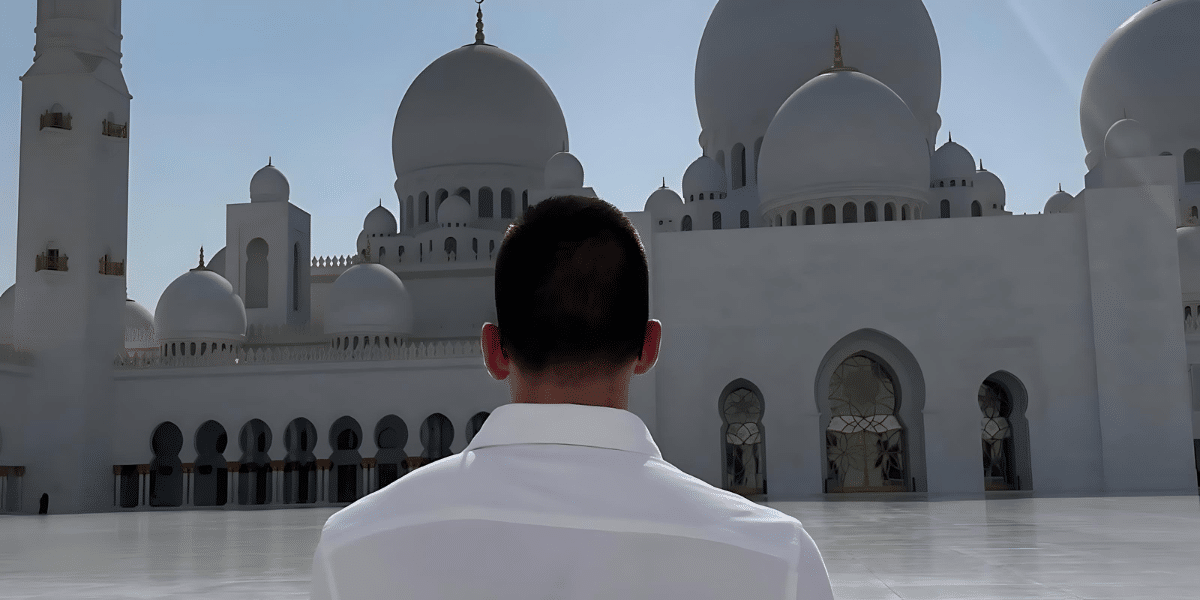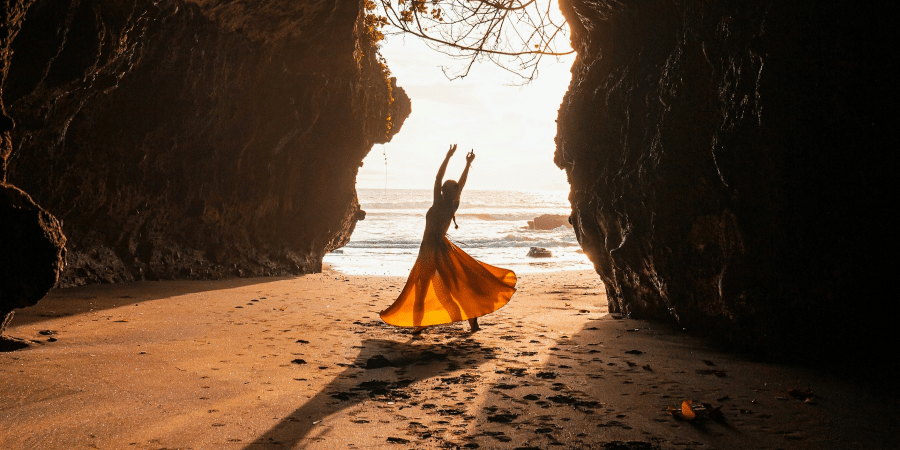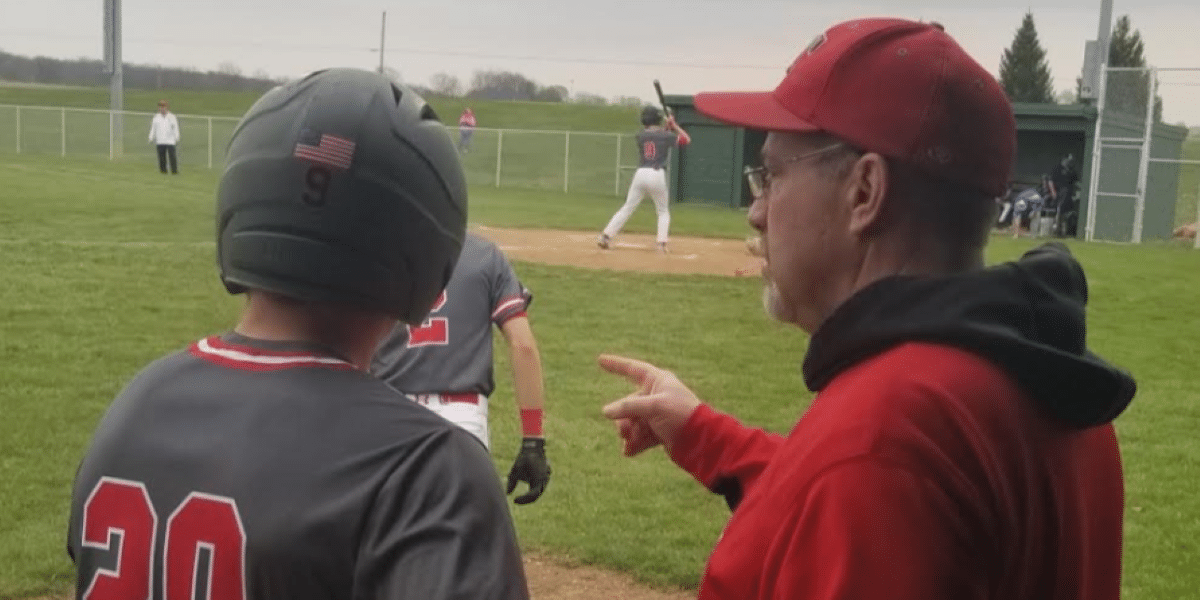In the wake of a nationwide crackdown on Four Loky, Joose, and other caffeinated alcoholic drinks, many have been left wondering about their origins. Where did these beverages come from? What made them so popular? And what was their ultimate downfall? Let’s take a look.
The History of Alcoholic Energy Drinks | Four Loko
We all know the feeling: you’re out at a bar or club, you’ve had a few drinks, and suddenly you feel the need for an energy boost. What do you reach for? If you’re like many people these days, your go-to drink is likely to be an alcoholic energy drink.
But how did these drinks come to be? And what exactly are they?
Alcoholic energy drinks are, simply put, beverages that combine alcohol with caffeine and other stimulants. They first started appearing on the market in the early 2000s, and quickly gained popularity among young adults who were looking for a way to party longer and harder.
While there are many different brands of alcoholic energy drinks available today, some of the most popular include Four Loko, Joose, and Buzzed. These drinks are often brightly colored and come in flavors like fruit punch or lemonade. And they pack a serious punch: a can of Four Loko, for example, contains as much caffeine as two cups of coffee and as much alcohol as four beers.
Not surprisingly, alcoholic energy drinks have been linked to a number of health problems, including alcohol poisoning, blackouts, and
How are Alcoholic Energy Drinks Made?
Most alcoholic energy drinks are made with a malt base, which is then fermented with yeast to produce alcohol. The drink is then usually flavored with fruit or coffee and has caffeine added to it. The caffeine in the drink acts as a stimulant, while the alcohol acts as a depressant. This combination can lead to people feeling more awake and alert, but also more drunk.
Alcoholic energy drinks have been around for centuries, but they have only become popular in recent years. In the past, these drinks were mostly consumed by laborers and students who needed to stay awake for long hours. Today, however, they are often consumed by young people who want to get drunk quickly.
There are some dangers associated with drinking alcoholic energy drinks. Because they contain both caffeine and alcohol, these drinks can mask the effects of drunkenness and lead people to drink more than they would if they were only drinking alcohol. This can lead to dangerous levels of intoxication. Additionally, the caffeine in these drinks can cause heart palpitations and anxiety.
If you choose to drink an alcoholic energy drink, it is important to do so responsibly. Be sure to eat food before drinking and alternate between alcoholic beverages and non-alcoholic ones. Do
The History of Four Loko
Many people are familiar with Four Loko, the alcoholic energy drink that has become popular in recent years. However, few people know the curious history behind this unique beverage.
Four Loko was created by two college students, Jody Vedder and Jaisen Freeman, who were looking for a way to keep themselves awake during long study sessions. After experimenting with various ingredients, they settled on a mixture of caffeine, taurine, and guarana – all of which are known to have stimulating effects.
To make their drink even more potent, Vedder and Freeman added alcohol to the mix. They initially used vodka, but later switched to malt liquor after finding that it resulted in a more euphoric effect.
Four Loko quickly gained popularity among college students and party-goers for its ability to produce a “wide-awake drunk” feeling. However, it also attracted criticism from health officials who warned of the dangers of combining alcohol and stimulants.
In 2010, the FDA launched an investigation into Four Loko after reports of hospitalizations and deaths linked to the drink. As a result of the investigation, the makers of Four Loko reformulated the drink to remove the caffeine, taur
Understanding the Controversy
In recent years, alcoholic energy drinks have become increasingly popular – and controversial. These drinks combine the effects of alcohol and caffeine, often in high doses, which can lead to risky behavior and dangerous consequences.
Critics say that these drinks are particularly appealing to young people, who may be unaware of the potential dangers. Some states have even banned the sale of alcoholic energy drinks.
So what’s the story behind these controversial beverages? In this blog post, we’ll take a look at the history of alcoholic energy drinks, from their early days as “truckers’ coffee” to their present-day status as a party staple. We’ll also explore the possible risks associated with these drinks, and what you should know if you decide to consume them.
Joose and Other Similar Brands
Most people are familiar with the brand Four Loko, but there are other brands of alcoholic energy drinks out there as well. Joose is one of these brands, and it has a curious history.
Joose was originally created by a company called United Brands. This company was later bought by Anheuser-Busch, and the brand was eventually discontinued. However, it was resurrected in 2010 by a new company called Joose Beverages.
Interestingly, Joose was never actually intended to be an alcoholic energy drink. It was originally marketed as a malt beverage, but it wasn’t until after it was acquired by Anheuser-Busch that it started being marketed as an alcoholic energy drink.
So what makes Joose different from other alcoholic energy drinks? Well, for starters, it contains more alcohol than most other brands. It also has a higher caffeine content, as well as other ingredients like ginseng and guarana.
So if you’re looking for a strong alcoholic energy drink, Joose is definitely worth checking out. Just be aware that it packs a pretty powerful punch!
What is in an alcoholic energy drink?
Most alcoholic energy drinks contain a blend of caffeine and alcohol. The caffeine acts as a stimulant, while the alcohol acts as a depressant. This combination can have dangerous consequences, as it can mask the effects of the alcohol and lead people to drink more than they normally would.
Alcoholic energy drinks first gained popularity in the early 2000s, when brands like Four Loko and Joose hit the market. These drinks were heavily marketed to young adults and college students, who were seen as the prime target audience for these products.
Despite their popularity, alcoholic energy drinks have faced criticism from health professionals and lawmakers. In 2010, the FDA issued a warning about the dangers of these drinks, and several states have since banned their sale.
Critics argue that alcoholic energy drinks are dangerous because they can encourage binge drinking and lead to risky behavior. If you choose to drink an alcoholic energy drink, it’s important to be aware of the risks and drink responsibly.
Who Uses Alcoholic Energy drinks?
The most common demographic for alcoholic energy drink users are young adults, according to a 2008 study. This is likely because the drinks are marketed as a way to ” party hard” and have a high alcohol content. college students are also a common user group.
There are some health risks associated with consuming alcoholic energy drinks. Because they contain caffeine, the drinks can mask the effects of alcohol and lead to risky behavior. Drinking too much alcohol can also lead to dehydration and other health problems.
Despite the risks, many people continue to drink alcoholic energy drinks. In some cases, this is because they enjoy the taste or the feeling of being buzzed. For others, it may be because they think the drinks will help them stay awake or party for longer periods of time.
What is Harmful About Alcoholic Energy Drinks?
Many people are unaware of the dangers of alcoholic energy drinks. These drinks are often marketed as a way to help people party longer and harder. However, they can actually be very harmful.
Alcoholic energy drinks are often high in caffeine and other stimulants. This can lead to people drinking more than they should because they feel more awake and alert. This can lead to dangerous levels of intoxication.
These drinks can also cause dehydration and electrolyte imbalance. The stimulants in them can also cause heart palpitations and anxiety. In some cases, people have even died after drinking too many alcoholic energy drinks.
It’s important to be aware of the dangers of these drinks before you consume them. If you do choose to drink them, be sure to drink responsibly and stay hydrated.
Alternatives to Alcoholic Energy Drinks
With the recent popularity of alcoholic energy drinks, there has been an increase in demand for alternative beverages. While these drinks may not contain alcohol, they often pack just as much of a punch when it comes to energy and flavor. Here are a few popular alternatives to alcoholic energy drinks:
Red Bull: One of the most popular non-alcoholic energy drinks on the market, Red Bull is known for its ability to give users a boost of energy. It is also available in a variety of flavors, making it a versatile option for those looking for something other than the typical energy drink taste.
Monster Energy: Another well-known brand, Monster Energy is often compared to Red Bull in terms of both taste and energy-giving properties. Like Red Bull, it also comes in a variety of flavors, so you can find one that suits your taste buds.
Rockstar Energy: Rockstar Energy is another competitor in the non-alcoholic energy drink market. Its line of drinks includes several different flavors, so you can find one that you like. In addition to its great taste, Rockstar Energy is also known for giving users a major boost of energy.





